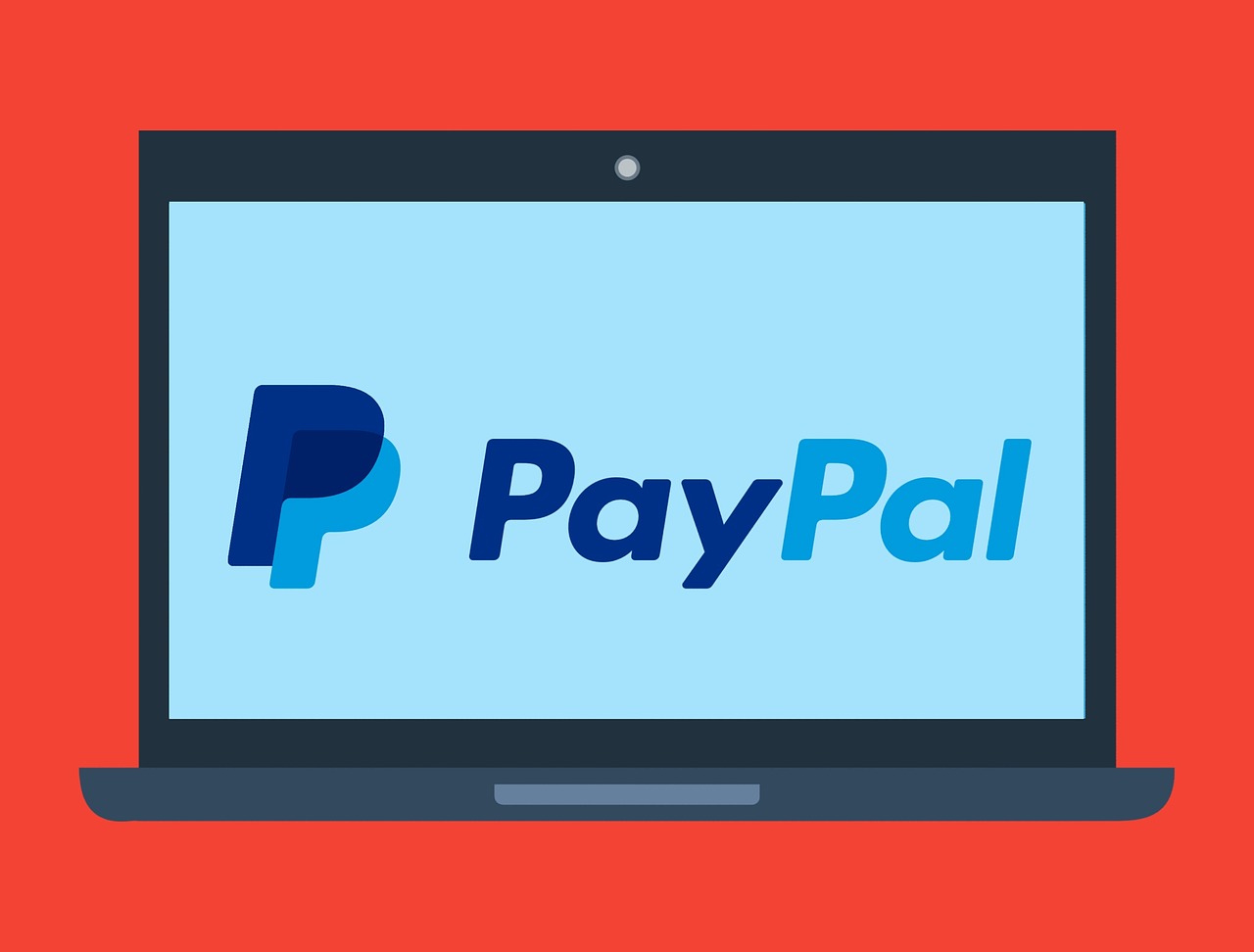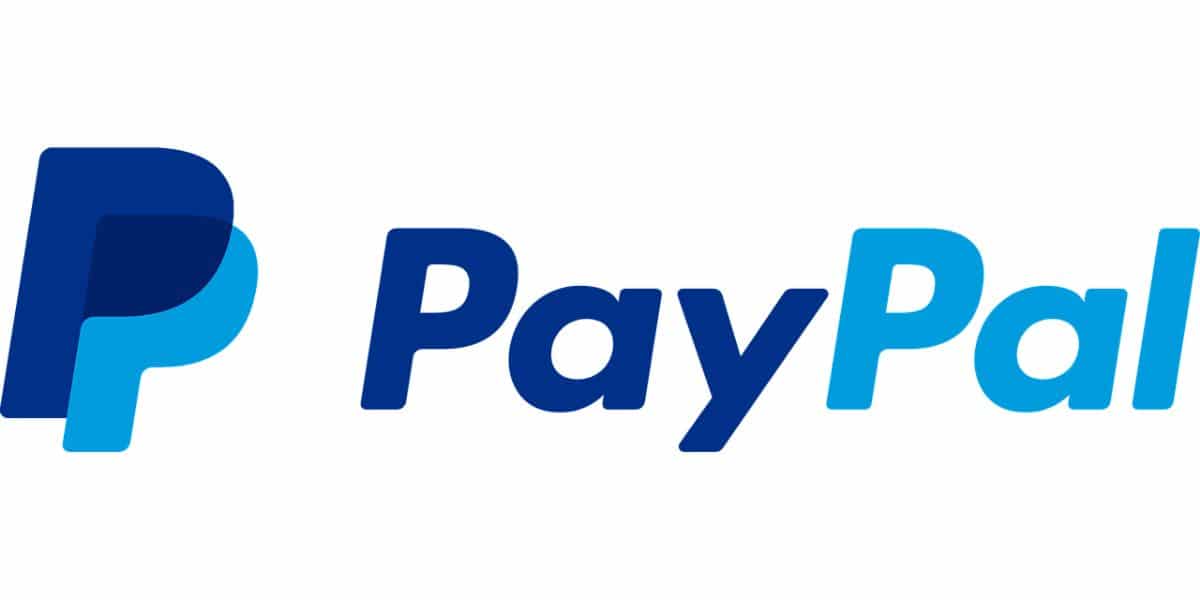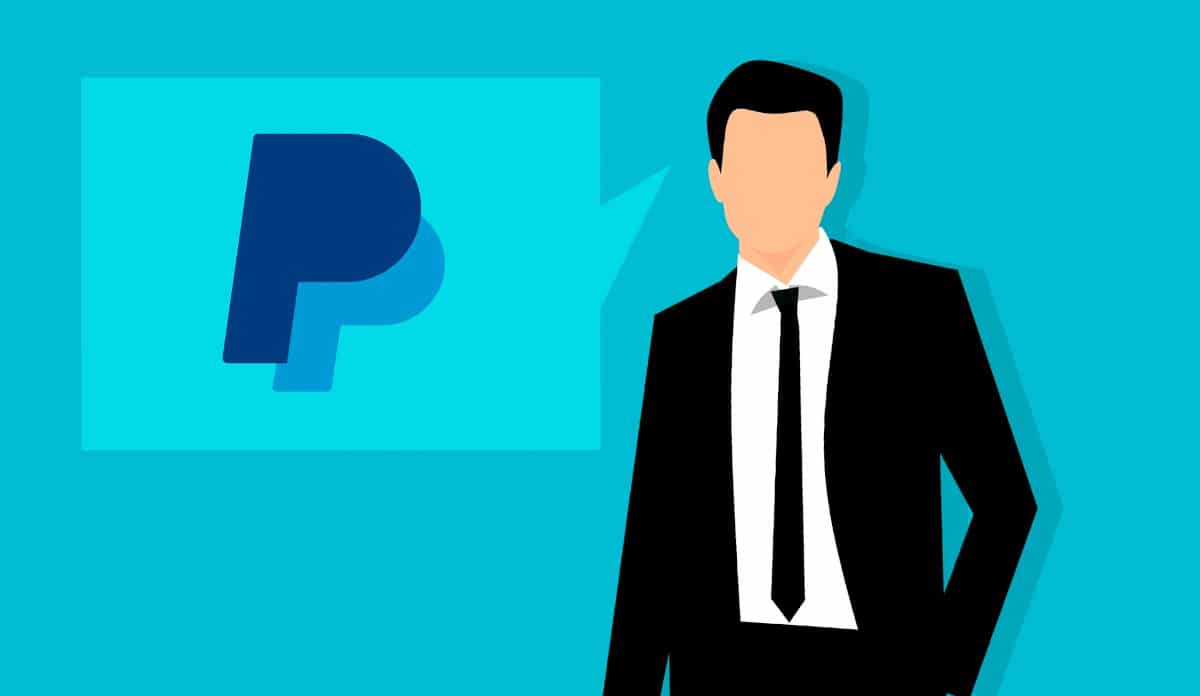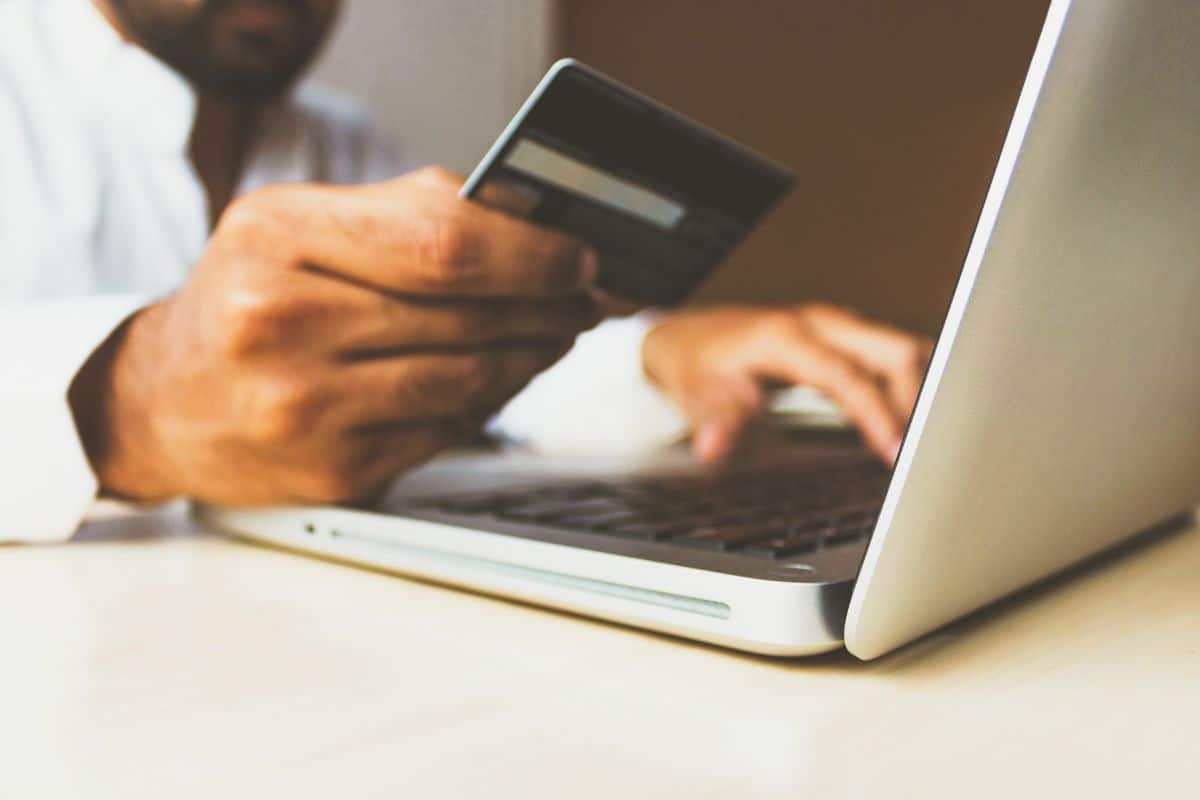
PayPal is one of the most widely used online payment platforms. The fact that you do not have to give your card or account number makes payments more secure, because they will only have email. But have you ever wondered how PayPal works?
If you don't have an account yet but you want to get one and first find out about what PayPal is, how it works and what advantages it has, This information will be great for you, especially if you want to include this payment method in your eCommerce.
How PayPal works

In the introduction we have already told you what PayPal is and surely you know it well. But perhaps, having not used it, you may have doubts about its operation. Do you want to know how PayPal works? For this, there are several assumptions:
to send money
Let's say you have a friend who has asked you to send money through PayPal. The first thing you need is to have a PayPal account, that is, register on the platform and have it operational to function.
For this, the first thing is create an account on their website where you will have to give personal information and link, either a bank account or a credit card. This may take a while because they have to verify that data.
Once done, You can enter your account and click on the "Send money" button. All you need is your friend's PayPal email and enter the amount you want to send. You can send to a friend (where the transaction is free if they are in the same country (if not, it depends on the cost), or send money to pay for a product or service.
And that's it
to receive money
Now, instead of sending money, you want to receive it. To do this, you must have a PayPal account in such a way that the person who wants to send you the money only has to put it in their account, say how much money they want to send, if it is to a friend or to pay for a service or product and finally send it.
In your email you will receive a notice from PayPal in which it will tell you that you have received money.
If you open it, it will tell you how much you have received, from whom and that it is on your platform.
Once received, you can transfer it to your bank account (if you have it on) Or you can use it to pay for an online purchase or send the money to another person.
Buy and pay with PayPal
In some online stores they allow you to use PayPal as a payment method. It is quite safe and above all very fast. All you have to do is ask to pay by PayPal. It will take you to the web to enter your email and password and accept the payment that will be made by PayPal on your behalf.
Now, what if you don't have enough money in PayPal? Nothing happens, because what is missing will be taken from your credit card or from your bank account in order to cover everything. Hence, when you check your bank account, PayPal payments will appear.
This is basically how PayPal works.
How to create a PayPal account

From all of the above that we have told you about how PayPal works, it is clear that you need an account on the platform to be able to work with them. And the truth is that creating it is very simple and it won't take you long.
The first step you will take will be to go to the PayPal website to register. You can choose between a personal account or a business account.
Right after you will have to provide your personal information: name, email address that you want to link with PayPal and password. The platform will send you a verification email, so you will have to click on the link in that email to finish verifying your account.
However, it does not end there. The next thing is to link a card or a bank account since, otherwise, you will not be able to send or receive payments (the latter may be, but you will not have that money). Sometimes, they will issue a deposit of a few cents (or they will take a few cents out of your account) to verify that everything is correct.
Finally, they may ask you for more information, such as sending a copy of your ID or providing a billing address.
Once you complete everything, you can start sending and receiving payments through PayPal.
Advantages of paying with PayPal
There is no doubt that knowing how PayPal works makes it clear to you that there are multiple advantages to using it as a payment method (and also to receive money). As a summary, the most significant would be the following:
- Safety: PayPal is a platform that uses advanced security technologies. With them you can protect your financial data and there is also a buyer protection policy that covers in case of fraud or problems with a transaction.
- Convenience: Because you can buy online without having to give your card or bank account details.
- Accepted online and in stores: More and more stores are using PayPal as one of the possible payment methods. And we're not just talking about Spain, but the whole world.
How to integrate it into your eCommerce

Now that you know how PayPal works, if you have an eCommerce it is normal that you take it into account to provide various payment methods to your customers.
Actually there is several ways to integrate PayPal into your eCommerce:
- With the PayPal payment button: You can add a PayPal payment button on your website to allow customers to make payments through this platform.
- Integrated with e-commerce platforms: For example, if you have Shopify or WooCommerce, you can integrate PayPal through an app or plugin.
- With the PayPal API: This is perhaps more complicated, especially since you will need programming knowledge. It consists of using the PayPal API to integrate it into your online store.
- With your payment service provider: If you don't handle this and have a third-party provider for payment services, they usually work with PayPal.
Do you have any questions about how PayPal works?